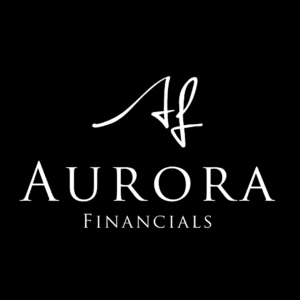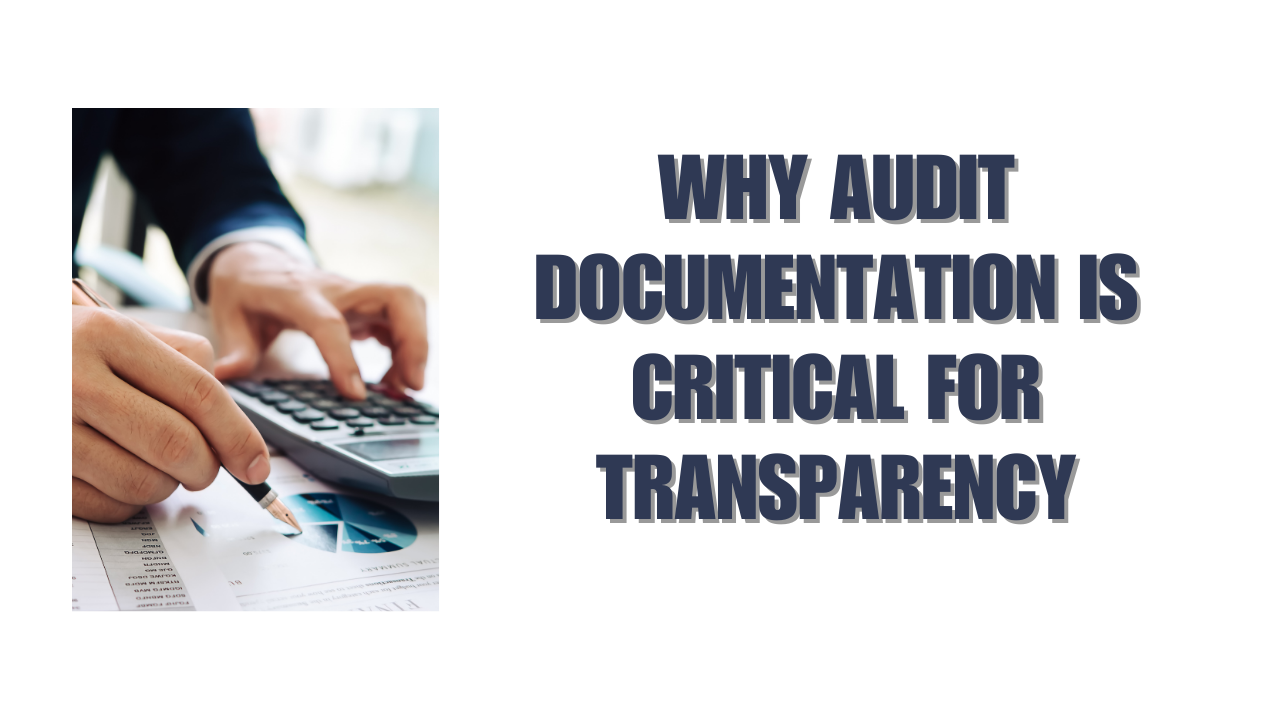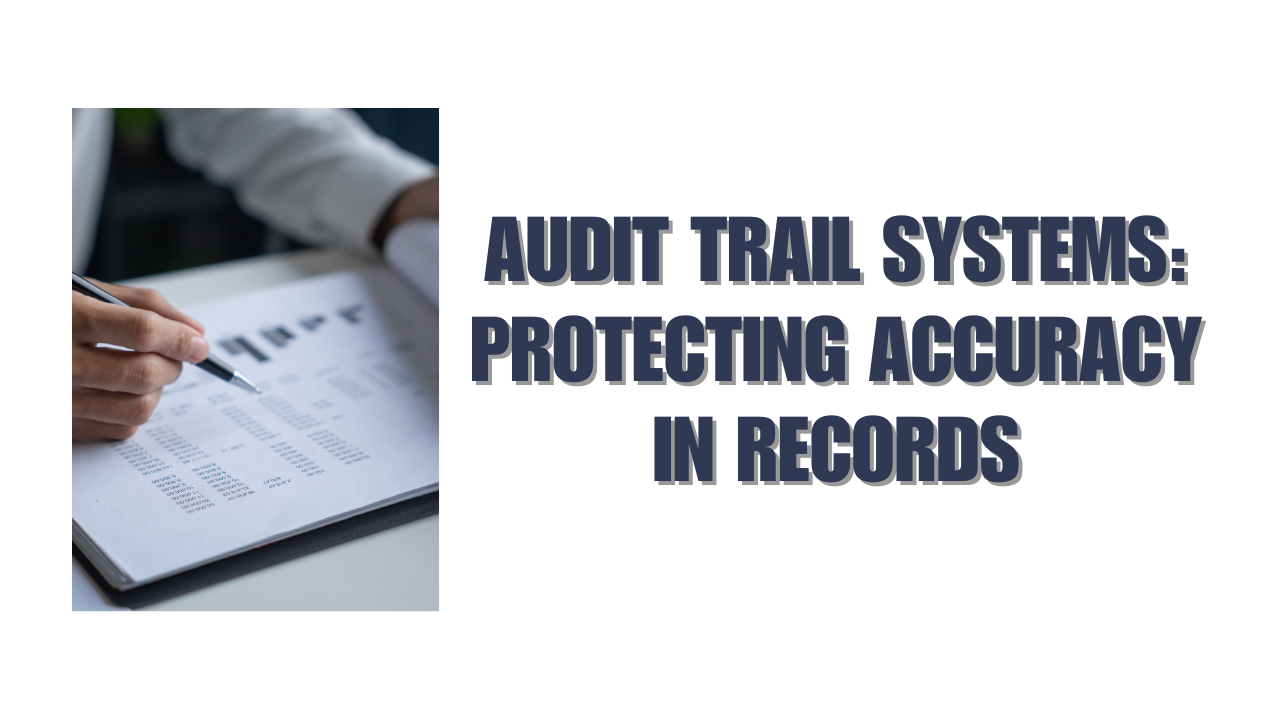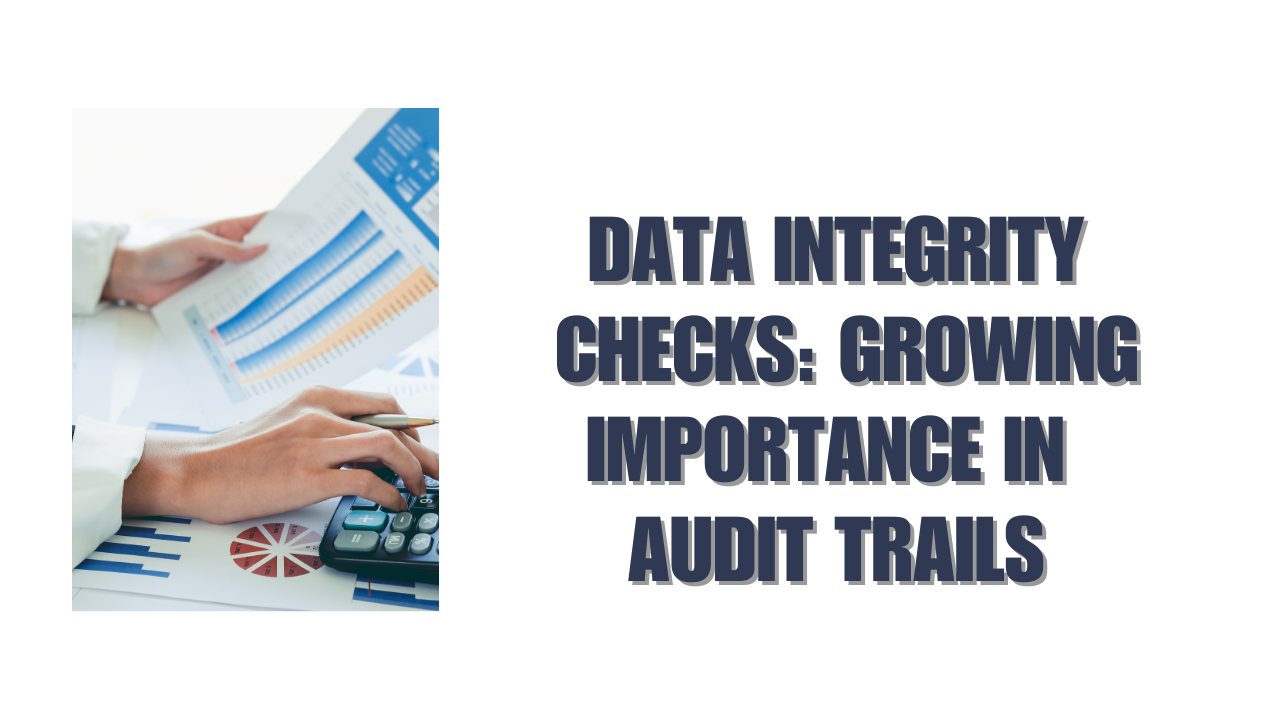In business, transparency is more than just a buzzword-it is the foundation of trust. Investors, boards, regulators, and employees all depend on reliable information to make decisions. But transparency does not happen by accident; it is built on systems and processes that ensure accuracy, accountability, and traceability. One of the most vital of these systems is audit documentation.
At its core, audit documentation is the record that supports an auditor’s conclusions. It is the evidence that shows not only what was reviewed, but how findings were reached. Far from being a technical requirement, it is the very backbone of audit credibility. Without it, transparency collapses.
What Is Audit Documentation?
Audit documentation refers to the written record of procedures, evidence, and conclusions that auditors compile during an engagement. It may include work papers, schedules, memos, confirmations, and digital records.
In simple terms, audit documentation answers three key questions:
- What was tested?
- How was it tested?
- Why was the conclusion reached?
This provides a trail that others-such as peer reviewers, regulators, or company leadership-can follow to understand the auditor’s reasoning and the reliability of their opinion.
Why Documentation Matters for Transparency
Transparency is about clarity. Stakeholders want to know not only the “what” but also the “how” behind audit outcomes. Audit documentation delivers that clarity in several ways:
1. Accountability and Verification
Documentation provides a verifiable record of work performed. If questions arise later, auditors can demonstrate exactly how they arrived at their conclusions. This prevents ambiguity and strengthens trust.
2. Consistency Across Audits
Standardized documentation ensures that audit procedures are applied consistently. This means stakeholders can rely on results across reporting periods, companies, or industries.
3. Evidence for Regulatory Compliance
Regulators often require proof that proper audit steps were followed. Documentation serves as evidence that auditors met professional standards and legal requirements.
4. Detecting and Preventing Misconduct
Incomplete or sloppy documentation leaves room for errors or fraud to go unnoticed. Strong documentation ensures findings can be independently reviewed, reducing opportunities for misconduct.
5. Supporting Informed Decision-Making
Boards and executives rely on audit results to make decisions. When conclusions are backed by detailed evidence, leaders gain greater confidence in the insights they’re acting on.
The Risks of Weak Audit Documentation
When documentation is inadequate, the consequences can be severe:
- Regulatory Penalties: Non-compliance with documentation standards can result in fines, sanctions, or reputational harm.
- Legal Liability: Without clear evidence, auditors and companies are more vulnerable to lawsuits if stakeholders suffer losses.
- Loss of Investor Confidence: Investors may question the reliability of financial reports, leading to declining trust and market value.
- Operational Blind Spots: Without a clear audit trail, management may miss systemic risks or inefficiencies that require attention.
In high-stakes corporate environments, poor documentation is more than an inconvenience-it is a liability.
Best Practices for Strong Audit Documentation
To maximize transparency, businesses should support audit teams in following these best practices:
1. Clarity and Completeness
Documentation should clearly explain what procedures were performed, why they were necessary, and how conclusions were drawn. Ambiguity weakens transparency.
2. Standardization of Formats
Using standardized templates or digital platforms ensures consistency across audit engagements. This also streamlines reviews and regulatory checks.
3. Timeliness of Recording
Audit notes should be recorded immediately after procedures are completed, reducing the risk of omissions or inaccuracies.
4. Integration of Technology
Audit management software allows for secure, centralized documentation. It also supports data analytics, electronic work papers, and real-time reviews.
5. Independent Review
Work papers should undergo independent review to ensure they meet professional standards and can stand up to external scrutiny.
6. Confidentiality Safeguards
While transparency is critical, sensitive data must be protected. Documentation should comply with data privacy laws and company confidentiality policies.
Examples of Audit Documentation in Action
- Financial Statement Audit: Work papers may include reconciliations, test results of transactions, and confirmations from third parties. These documents show how revenue, expenses, and assets were validated.
- Operational Audit: Documentation might consist of process flowcharts, efficiency analysis, and interviews with employees. This ensures findings on process gaps are evidence-based.
- Compliance Audit: Regulators reviewing industries like banking or healthcare demand evidence that internal controls meet legal standards. Audit documentation provides that proof.
These examples highlight that documentation is not just about record-keeping-it is the backbone of reliability across audit types.
The Role of CEOs and Boards in Supporting Documentation
Executives may not draft audit work papers, but their role in supporting documentation is essential. CEOs and boards can:
- Encourage a culture of thoroughness by emphasizing the importance of strong audit practices.
- Provide resources for technology and training that enable auditors to document effectively.
- Demand transparency by reviewing how documentation supports audit findings presented to leadership.
By valuing documentation, leadership sets the tone that transparency is non-negotiable.
Future of Audit Documentation in Modern Business
The future of audit documentation lies in digital innovation. Trends include:
- Cloud-Based Documentation: Secure storage and remote access to work papers streamline collaboration.
- AI-Driven Analysis: Automation tools help auditors process large datasets and identify anomalies faster.
- Blockchain Records: Immutable records may one day provide built-in assurance of transactions, reducing manual documentation.
- Real-Time Audits: Continuous auditing systems will generate live documentation, enhancing transparency like never before.
Forward-looking companies that adopt these technologies will find themselves not only audit-ready but also positioned as transparency leaders in their industries.
Conclusion
In the modern business world, transparency is a competitive advantage. Stakeholders demand clarity, regulators enforce accountability, and investors reward trust. Audit documentation is the foundation that makes all of this possible.
By ensuring accountability, consistency, and evidence-based conclusions, documentation transforms audits from technical exercises into strategic assets. When supported by strong leadership and technology, it safeguards compliance, enhances decision-making, and builds lasting confidence in the marketplace.
At Aurora Financials, we partner with organizations to strengthen their audit processes, ensuring that documentation not only meets standards but also drives greater transparency and trust. Because in business, clarity is not optional-it is essential.






